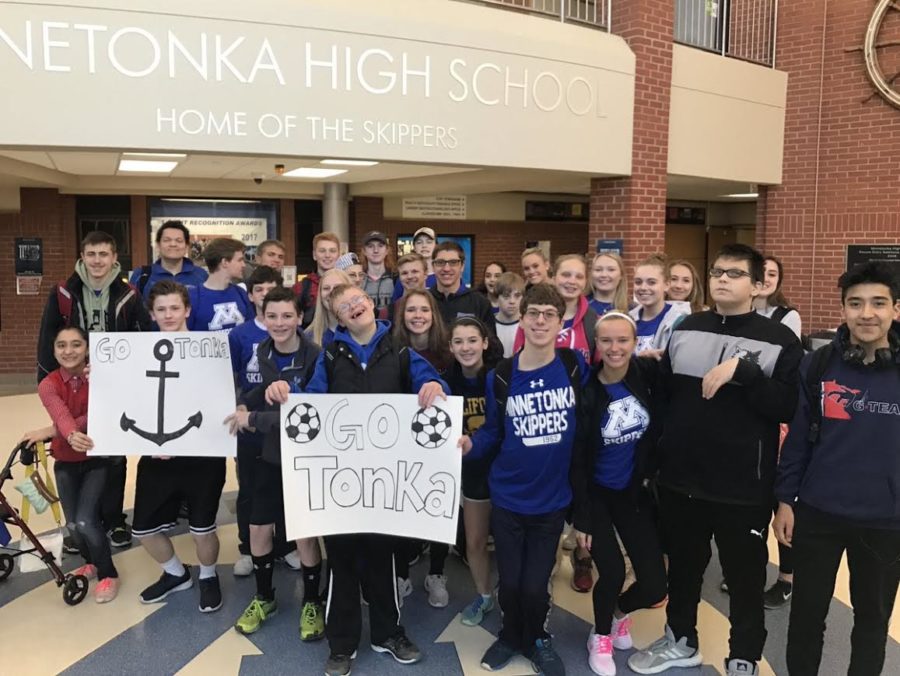Then and Now: Disabilities and Special Education at MHS and in US
April 28, 2017
April is National Autism Awareness Month. In light of this, Breezes wanted to talk about feature about the special education students at Minnetonka High School
First of all, some background on the history of special education in the United States is necessary. The first public law that governs and supports special needs education, The Education for All Handicapped Children Act, was enacted in 1975. It stated that all people with any disability “have a right to education” and to an established process by which “State and local educational agencies may be held accountable for providing educational services for all handicapped children”.
This act has been amended several times, and on December 3, 2004, it was amended once again and renamed Individuals with Disabilities Education Act (IDEA) 2004. IDEA 2004 sharpened the focus on improving students’ outcomes by emphasizing reading, early intervention, and research-based instruction and requiring that special education teachers are highly qualified to teach students with disabilities. The two main goals for IDEA 2004 are to provide an education that meets the student’s unique requirements and prepare them for further education, employment in the future, and independent living, as well as to protect the rights of students with disabilities and their parents/guardians.
Minnetonka High School has a variety of students learning in our special education program. There are approximately 260 students in our program which have the following special education disabilities: Severe Multiple Impairment, Autism Spectrum Disorder, Emotional or Behavioral Disability, Specific Learning Disability, Speech or Language Impairment, Other Health Disability, Developmental Delay, Deaf or Hard of Hearing, and Blind or Visually Impaired. IDEA also requires special education students be put in the least restrictive environment possible so that they are together with their regular education peers as much as possible.
So, how can we support our fellow students with special needs? Our director of the special education program here at MHS, Ms. Michelle Ferris, says to start by being respectful, understanding, and inclusive. “Student first” language is encouraged to show respect and that a student’s disability does not define them. For example, instead of saying “a visually-impaired student”, say “a student with visual impairments.” In addition, instead of using the word “handicapped,” which refers to a barrier in the physical environment, choose words such as “disability” or “special need.” A student’s disability is not the primary thing that defines them as a person, so students are encouraged to only refer to a special needs student’s differing abilities when it is relevant to the conversation.
All in all, it is important for all students to acknowledge that our peers with special requirements are the same as us, and just have different ways in which they learn. We can all respect each student’s individual differences, and strive to recognize everyone’s strengths and unique abilities.






























